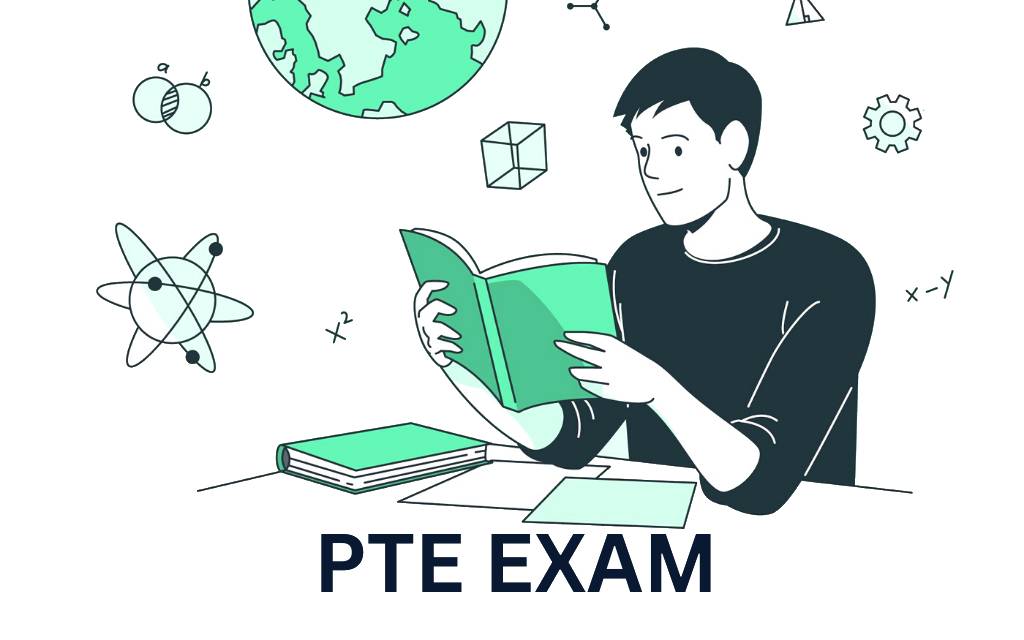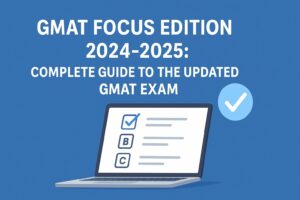What Exams Are Required to Study in The USA? Is PTE Accepted For Study in The USA?

America’s universities have long attracted students from across the globe, drawn by prestigious programs, distinguished faculty, diverse student communities and promising career prospects.
However, navigating the complex admissions process with its standardized tests can seem daunting for international applicants. This article clarifies the main exam tiers – English language assessments, undergraduate admission tests like the SAT, and graduate admissions tests like the GRE. Comparisons between the SAT and ACT are also provided to inform test selection.
Additionally, the acceptance of PTE exams for US admissions is covered. By compiling this guide, students can identify appropriate assessments to showcase academic abilities when accessing American higher education as launch pads for global success.
Understanding the Tiers of Exams
America’s vast higher education system spans liberal art colleges, undergraduate programs and research-intensive graduate schools. Correspondingly, application requirements include:
- English language proficiency exams
- General aptitude tests for college admissions
- Specialized assessments for postgraduate programs
Different tests serve specific applicant segments. While English tests demonstrate communicative readiness for coping with lectures, assignments and campus life, aptitude assessments gauge broader analytical abilities and subject area mastery to match students with suitable programs. Understanding distinction across tiers provides clarity.
Undergraduate Programs
For gaining admission into American bachelor degree courses, high school students might require a combination of standardized test scores for academic prowess evaluation alongside English language assessments to determine class comprehension capabilities.
➡ Standardized Tests:
SAT (Scholastic Assessment Test): This reasoning ability test, which spans math, writing, and critical reading, is administered by the College Board to assess college readiness. The revamped format blends multiple-choice and short written responses.
ACT (American College Testing): Offered by ACT Inc., this achievement test also estimates high school accomplishment across English, math, reading and science domains quantified through an overall band score.
➡ English Language Proficiency Tests:
TOEFL (Test of English as a Foreign Language): Run by ETS, the TOEFL evaluates four-language modalities — reading, listening, speaking and writing. Its comprehensive design gauges both conversational fluency and academic linguistic mastery.
IELTS (International English Language Testing System): This multi-component, task-based test measures English proficiency across social and scholarly contexts.
Graduate Programs
For postgraduate admissions, programs weigh both prior academic records and entrance test performances besides language skills.
➡ Graduate Record Examinations (GRE): This test assesses quantitative, verbal, and analytical writing skills for pursuing master’s or doctorate degrees. It aims to gauge core competencies considered essential for succeeding in graduate school.
➡ Graduate Management Admission Test (GMAT): Required for seeking Master of Business Administration (MBA) degrees, the GMAT specifically evaluates quantitative, verbal, integrated reasoning and analytical writing abilities valued in business programs.
➡ Field-Specific Exams: Certain disciplines mandate extra subject tests for gauging preparatory knowledge across aspired areas. These include Graduate Record Examinations (GRE) Subject Tests, Law School Admission Tests (LSAT), Medical College Admission Tests (MCAT), etc.
Choosing the Right Exam: SAT vs. ACT

Both the SAT and ACT serve as equivalent gateways for undergraduate admissions with subtle differences:
➡ Content and Format:
While the SAT takes a reasoning skills approach, the ACT mimics high school curriculum knowledge testing across core subjects.
The SAT has math, critical reading and writing components while ACT segregates English, math, reading and science sections.
➡ Timing and Structure:
The SAT takes almost around 2 hrs. and the ACT packs its content into 2 hours and 10 minutes, including breaks.
The SAT comprises all multiple-choice items while ACT incorporates science and math problem-solving lab exercises.
Ultimately there are no universally agreed preference patterns between the two tests. Applicant strengths and weaknesses determine suitable options. Researching each assessment in depth is vital for making informed choices. Consulting school counselors further clarifies optimal picks.
Is the PTE Accepted for Studying in the USA?
The short answer is yes. American institutions are increasingly accepting the PTE, either independently or alongside other test scores, as proof of English proficiency for granting admission.
The Pearson Test of English Academic evaluates listening, reading, writing, and speaking modules relevant to indicating aptitudes to cope with rigorous higher education environments administered via secure computer-based platforms.
Here are some key points to consider regarding the PTE:
Acceptance: Over 3,550 academic programs across the USA now recognize PTE scores for English admissions requirements, either solely or in conjunction with other tests.
Advantages of PTE

Convenience of scheduling test slots across worldwide centers and accessing results within 5 days makes PTE popular. Features like confidential band scores and unlimited scores sent to institutions provide favorable testing conditions.
➡ Additional Considerations
Minimum Score Requirements: Typically, overall band scores of 53-75 are demanded, but targets vary across schools and chosen courses. Reconfirm institutional score requirements.
Test Preparation resources: Official Pearson PTE practice materials and expert instructor-coached courses allow thorough priming for excelling on actual tests. Some regions also offer government-subsidized preparatory resources.
➡ Application Deadlines: Standardized test deadlines are often ahead of university application closure dates. Confirm this early.
Beyond the Exams: A Holistic Application
Ultimately, test scores serve as just one admissions consideration. Holistic assessments weigh various factors:
➡ High School Transcript: Across undergraduate applications, consistent academic excellence gleaned from high school transcripts spanning course rigor, challenging electives undertaken and grade average carries weightage demonstrating abilities.
➡ Letters of Recommendation: Insightful references by teachers or mentors attesting applicant work ethics, leadership skills, and social contributions provide credibility.
➡ Statement of Purpose: Well-articulated essays convey one’s motivations, aligned interests with programs applied, and career visions, depicting maturity.
➡ Extracurricular Activities: Pursuits showcasing multifaceted personality traits spanning arts, athletics, social service, and technical hobbies project authentic self-images beyond test performance abilities.
Conclusion
Overall, excelling across standardized exams is undoubtedly important for accessing American higher education as international students. Performance across English language assessments and key aptitude tests corresponding to relevant tiers offers quantifiable measures for admission decision evaluations and grants visas by indicating academic preparedness.
However, even candidates with stellar scores get rejected from Ivy League lotteries owing to intense competition. Therefore, constructing persuasive, well-rounded applications encompassing rich experiential diversity and promising potential is pivotal in securing coveted acceptances.



